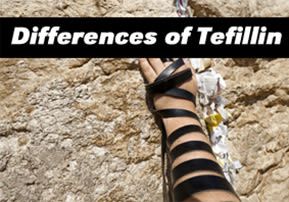
Differences of Tefillin
What are the differences between Ashkenazi and Sephardi tefillin? May a Sephardi wear the tefillin of an Ashkenazi and vice versa? Rabbi Eli Mansour answers...

May a Sepharadi Wear Ashkenazi Tefillin?
There are several differences between the way Sepharadim write the text on the parchment inside the Tefillin, and the way the Ashkenazim write the text. In light of these differences, the question arises as to whether a Sephardi may wear an Ashkenazi’s Tefillin.
If, for whatever reason, a Sephardi does not have his Tefillin available, and the only available Tefillin are those of an Ashkenazi, can he wear them to fulfill the Mitzva, and, if so, should he recite the Beracha of “Le’haniach Tefillin” over the Ashkenazi’s Tefillin?
One difference between the two types of Tefillin is the shape and formation of the letters. With regard to this difference, it is acceptable for a Sepharadi to wear an Ashkenazi’s Tefillin, and vice versa. The Ashkenazic and Sephardic customs regarding the formation of the letters do not regard each other as invalid, and thus, for example, an Ashkenzi can be called to the Torah written according to Sephardic tradition and recite the 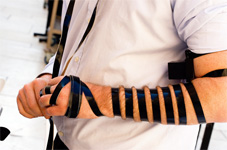 Berachot, and vice versa.
Berachot, and vice versa.
Indeed, the Arizal (Rav Yitzchak Luria of Safed, 1534-1572) wrote that all the formations of the letters, according to both traditions, have deep and profound meaning, and we apply here the rule of “Elu Va’elu Dibreh Elokim Hayim” (they both represent the Divine word). Therefore, if the only difference between the different types of Tefillin was the difference in forming the letters, it would be perfectly acceptable for a Sepharadi to wear Ashkenazi Tefillin, and to recite the Beracha.
However, there is also another important difference between the two types of Tefillin. Halacha requires that the fourth paragraph of the text in the Tefillin be written “Setuma” (“closed”), and there is a difference of opinion among the Halachic authorities as to what exactly this means. According to the Shulchan Aruch (Orah Haim 32:36), an empty space the length of nine letters is left in between the third and fourth paragraphs, whereas according to the Taz (Rabbi David Segal, Poland, 1586-1667), empty space is left both at the end of the third paragraph and at the beginning of the fourth paragraph. In the view of Maran, leaving additional empty space, beyond what is required, invalidates the Tefillin, and thus Tefillin prepared in accordance with the view of the Taz are invalid according to Maran.
Ashkenazim, by and large, prepare Tefillin following the Taz’s opinion, and these Tefillin are thus invalid for Sephardim, who follow the rulings of Maran in the Shulhan Aruch. As for the practical Halacha, Hacham Bentzion Abba Shaul (Israel, 1923-1998), in his Or Le’tzion (3:7), writes that if a Sepharadi has access only to Ashkenazi Tefillin, he should wear those Tefillin because he has nothing else to use, but he does recite a Beracha. Hacham Ovadia Yosef, in his Yabia Omer (vol. 9, pp. 232-3), cites Hacham Bentzion’s ruling, and then refers the reader to his responsum in Yechave Da’at (4:3), where he writes that in light of the Shulhan Aruch’s ruling, a Sepharadi does not fulfill his obligation at all wearing Ashkenazi Tefillin. (He also cites this ruling from the Ish Mayzliah.) Of course, if one happens to know that the Tefillin were written in the “Setuma” fashion as required by Maran, then he may wear it, but otherwise, since the vast majority of Ashkenazi Tefillin are prepared in accordance with the Taz’s opinion, a Sepharadi cannot fulfill his requirement with such Tefillin. This ruling also appears in the Oserot Yosef section of Hacham David Yosef’s Halacha Berura.
It should be noted that an Ashkenazi can fulfill his requirement by wearing Sepharadi Tefillin.
Therefore, a Sephardi who has access only to Ashkenazi Tefillin cannot fulfill this mitzva by wearing this Tefillin, unless he knows that they were written in the “Setuma” fashion, and if he did put it on, and later in the day obtains access to Sepharadi Tefillin, he must put it on with a Beracha.
Summary: A Sepharadi cannot fulfill his obligation with Ashkenazi Tefillin, because the way the vast majority of Ashkenazi Tefillin are prepared is invalid according to Sephardic custom.
* * *
Reprinted with kind permission of www.dailyhalacha.com








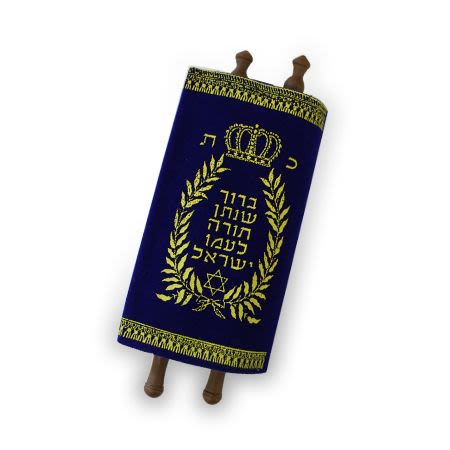
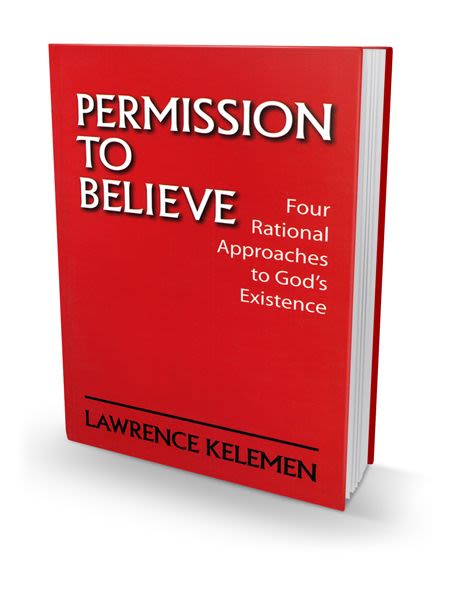
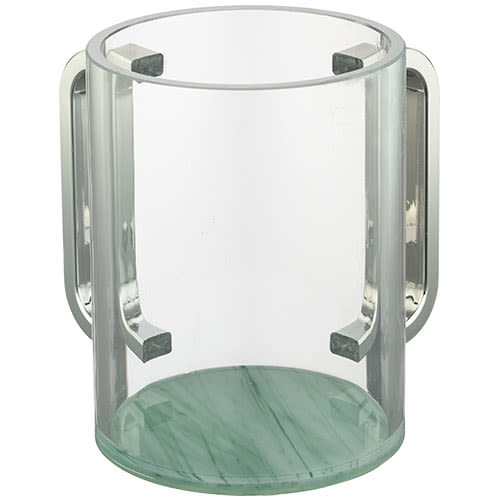
Tell us what you think!
Thank you for your comment!
It will be published after approval by the Editor.